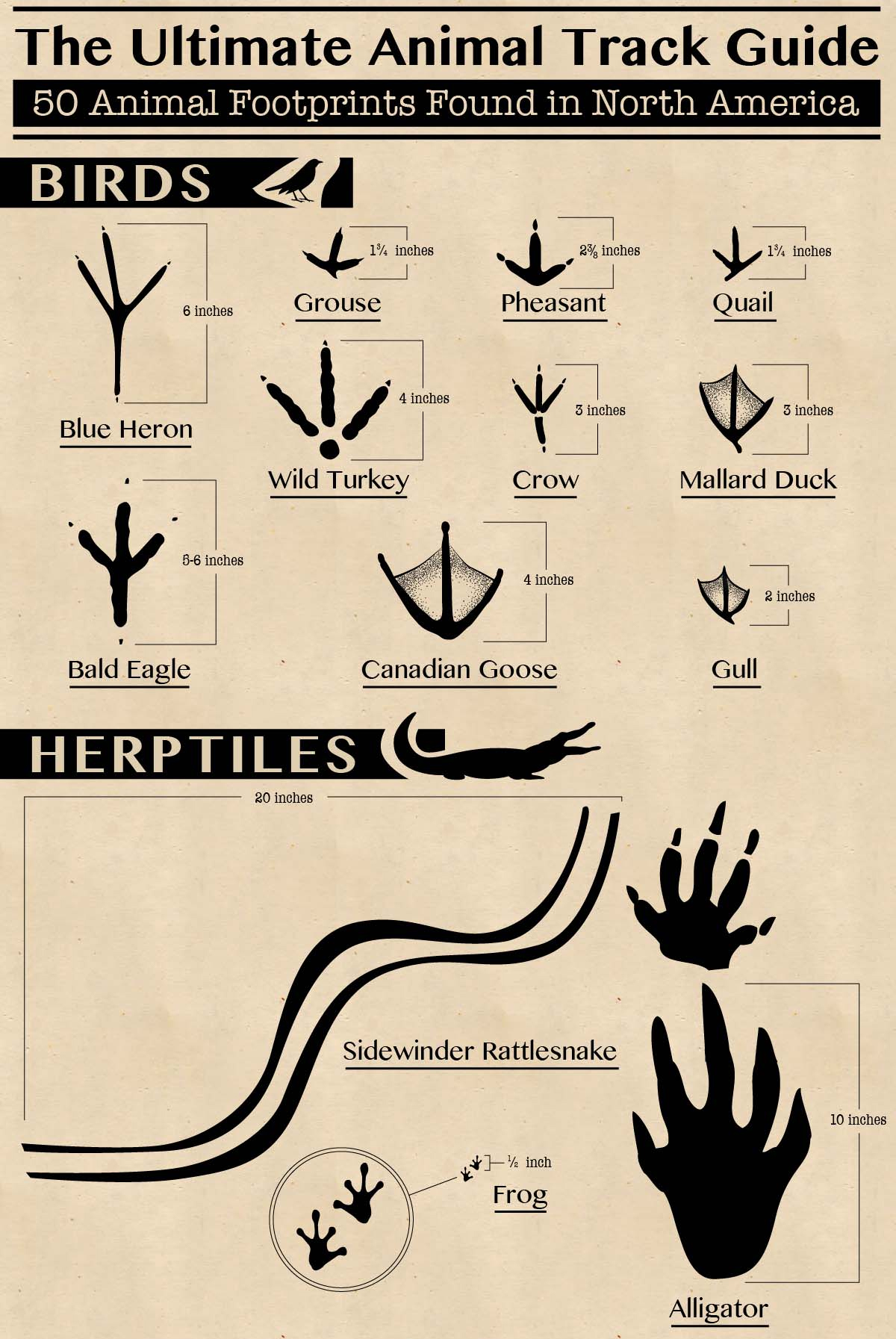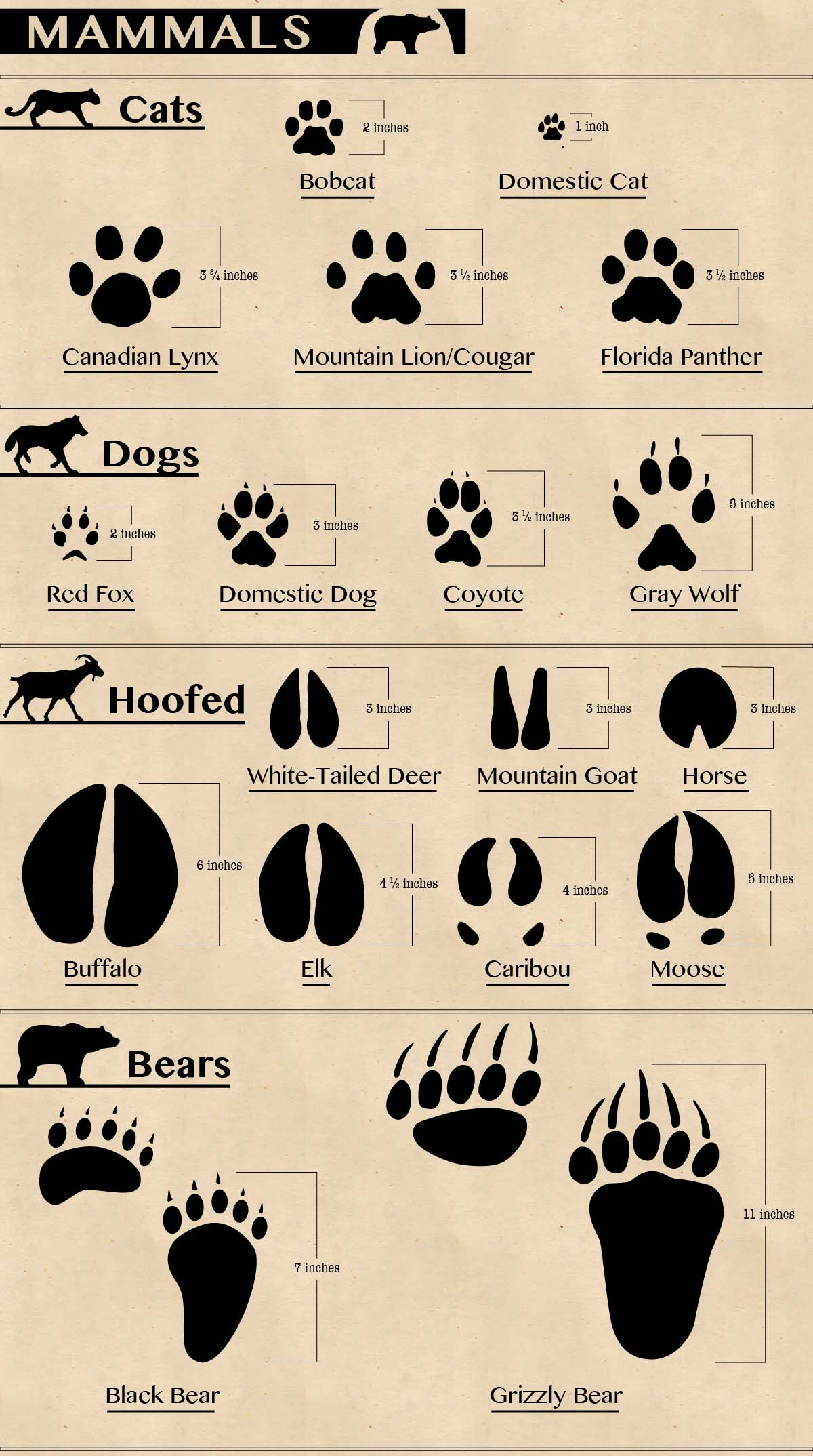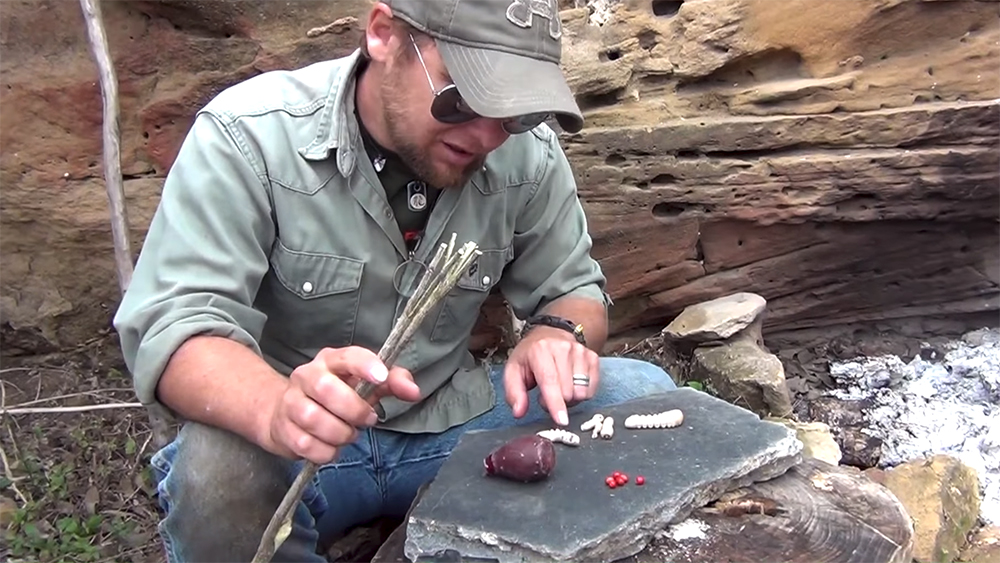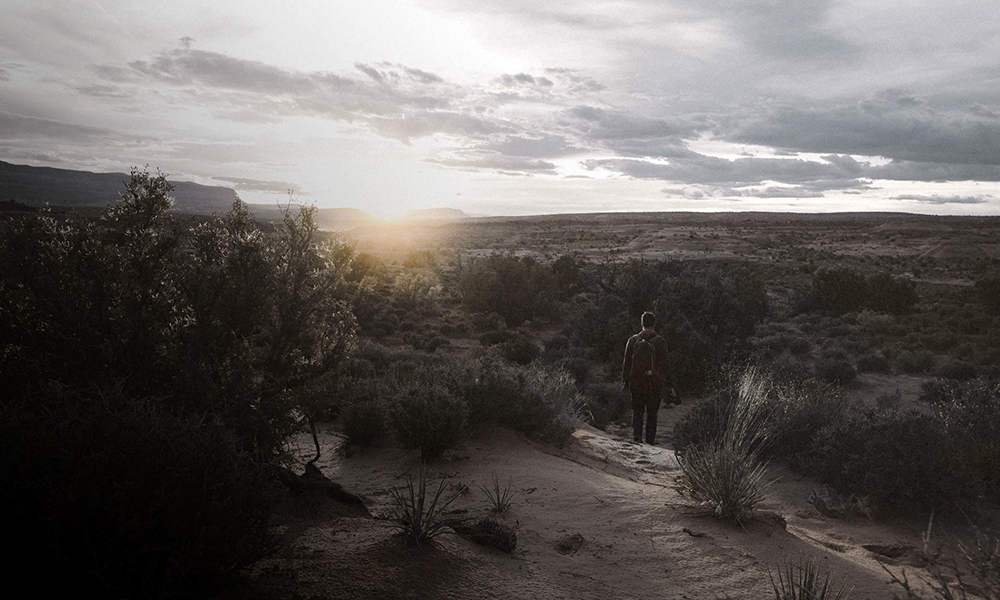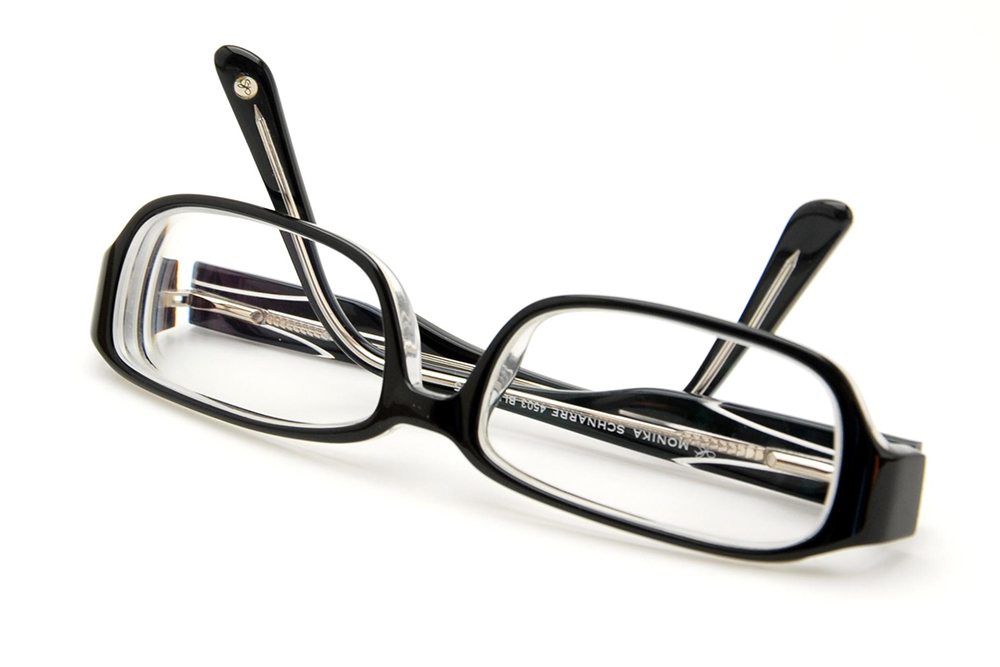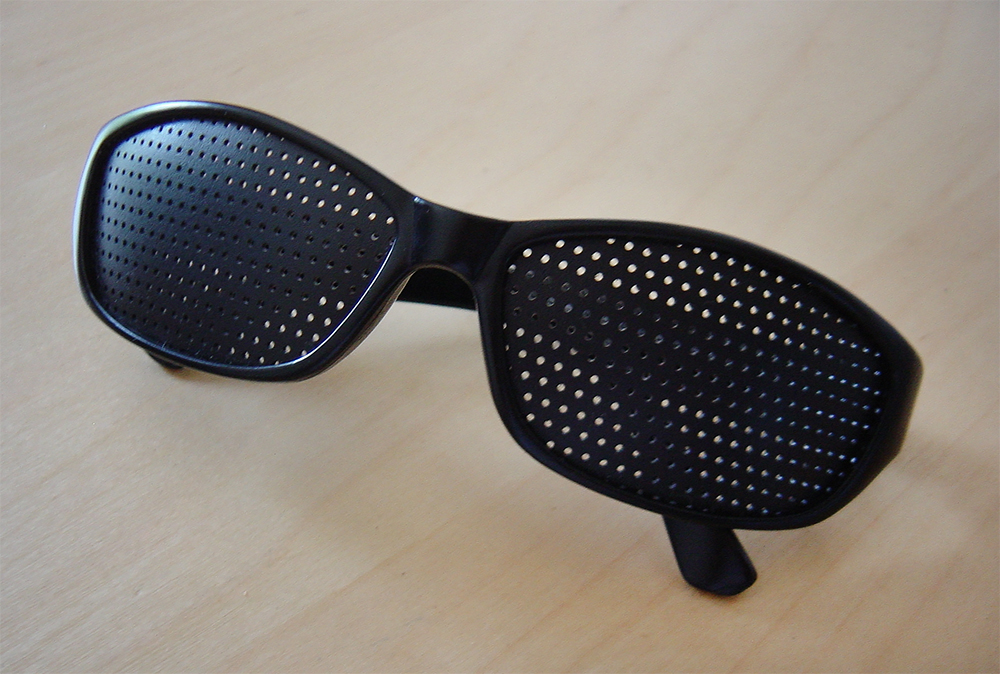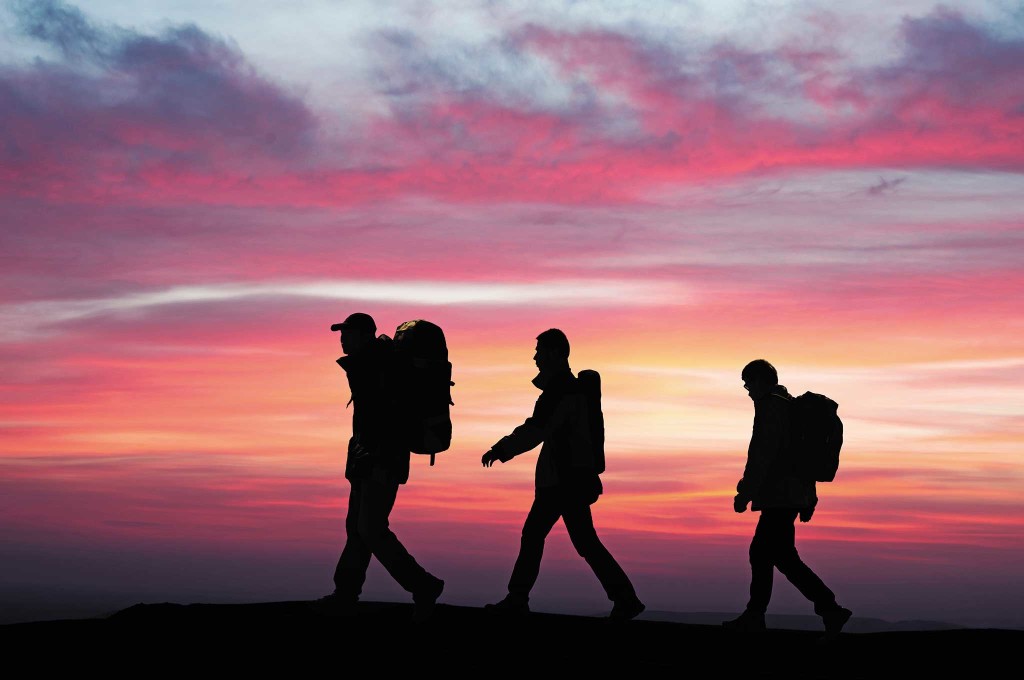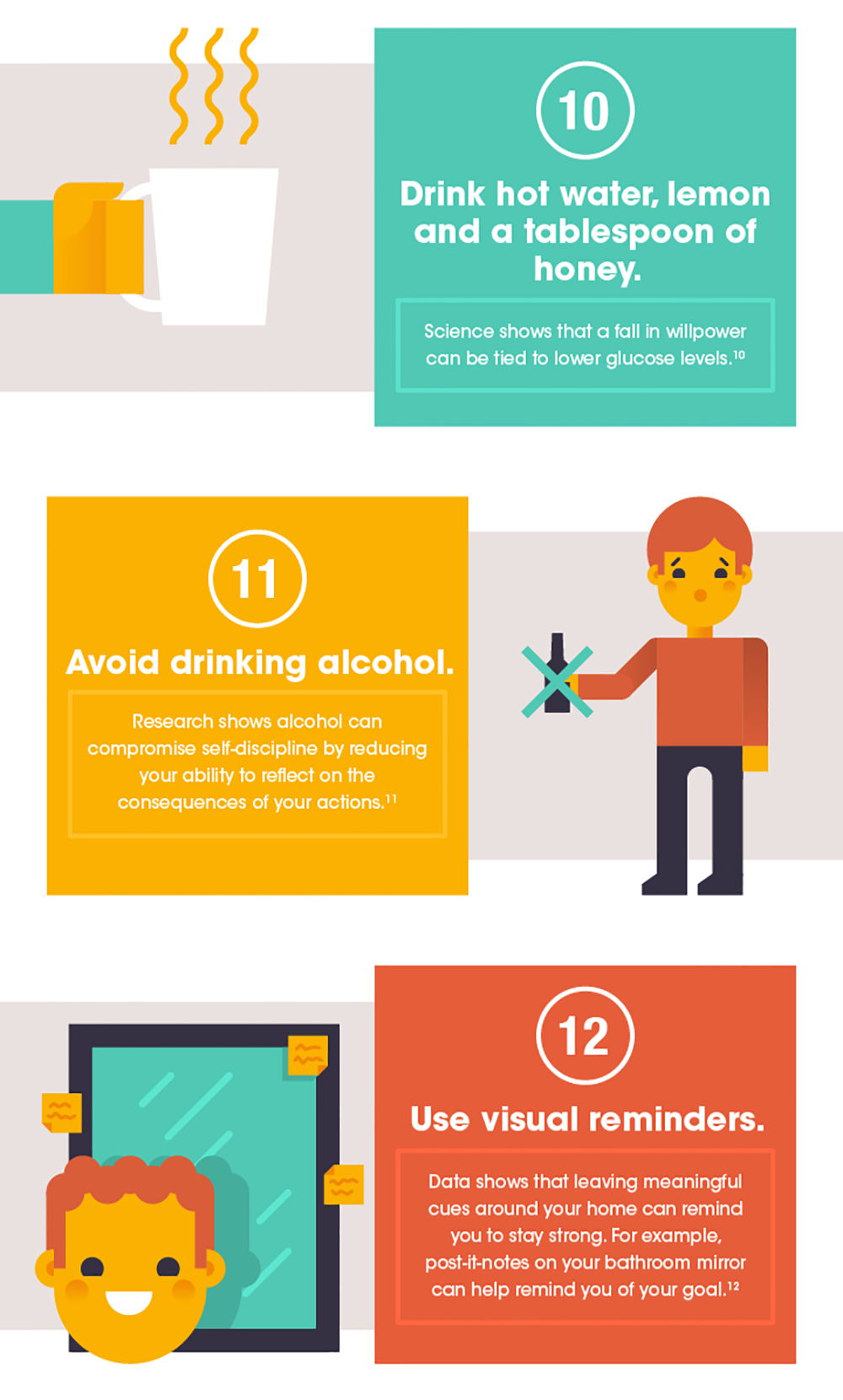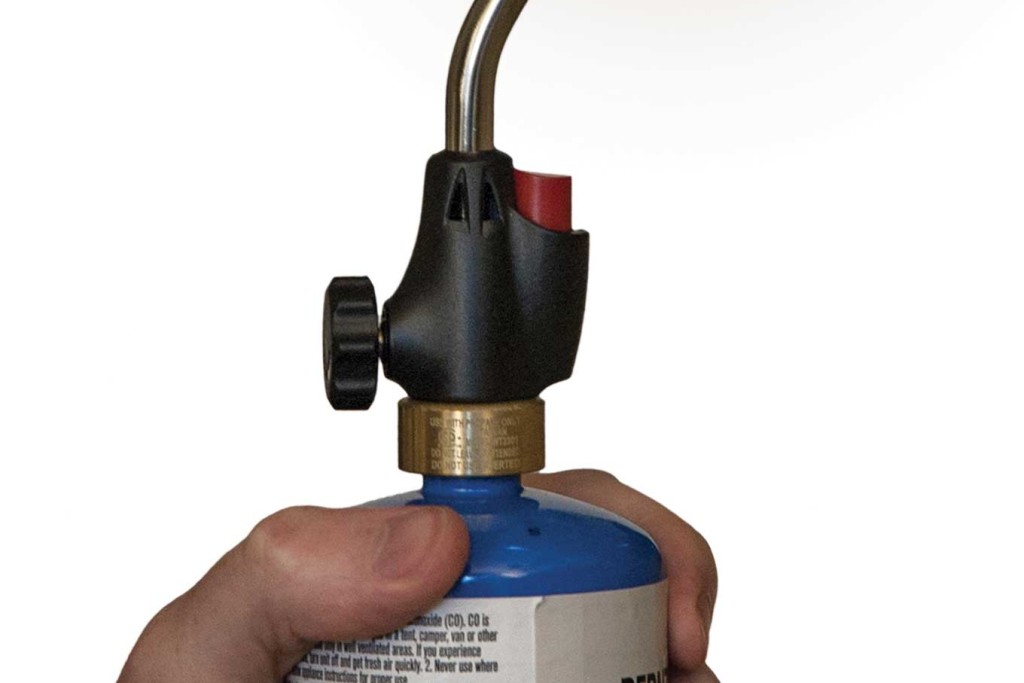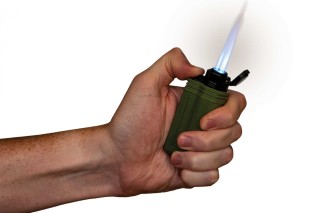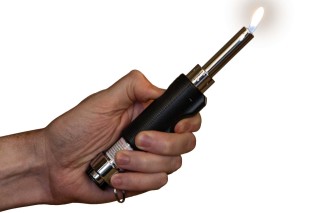The founders of Spartan Blades, Curtis Iovito and Mark Carey, are two former Green Berets with a combined 43 years of military experience. Given this background, the duo formulated a straightforward objective: create blades that will meet the needs of professionals in the harshest environments.
At the New York Custom Knife Show, we stopped by the company’s booth and noticed a new fixed blade on display. We weren’t the only ones at the table and this knife — known as the Formido — was drawing quite a crowd. Spartan has had a long-standing lineup of tactical fixed blades, and this new offering fits between the size of their Phrike and Enyo models. Loyal customers wanted to see what all the buzz was about, and so did we.
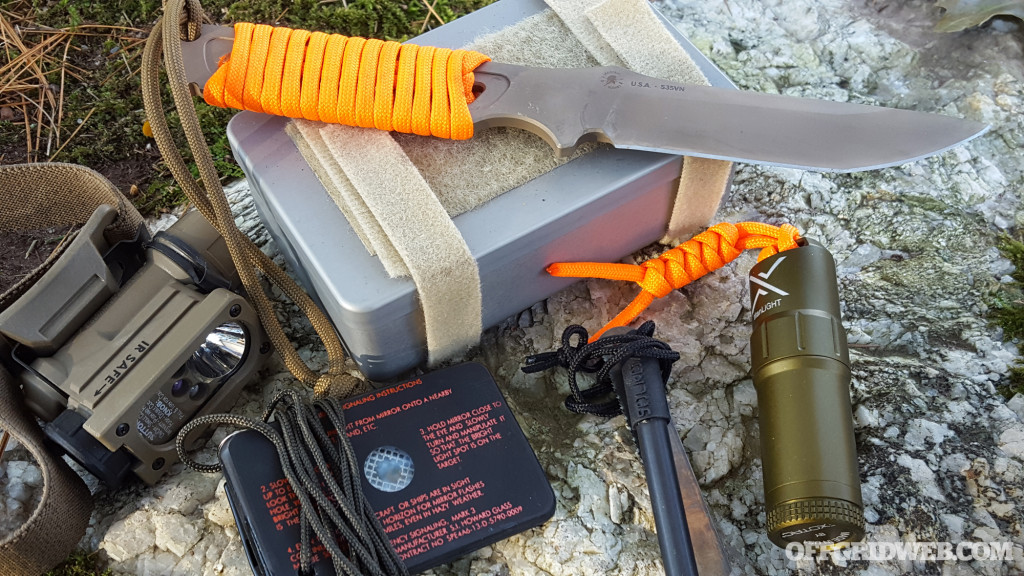
Shortly after the show, we received a sample of the new Spartan Blades Formido to test out, and we put it right to work. Read on for our full report.
Design and Construction
Starting with a bar of CPM S35VN, the Spartan Blades Formido is cut and ground to shape. For those of you unfamiliar with this steel, it comes from Crucible Industries, a leading name in American-made steel that makes Crucible Particle Metals (CPM). S35VN is a martensitic stainless steel that is designed to give the end user more toughness over another one of the company’s popular products, CPM S30V.
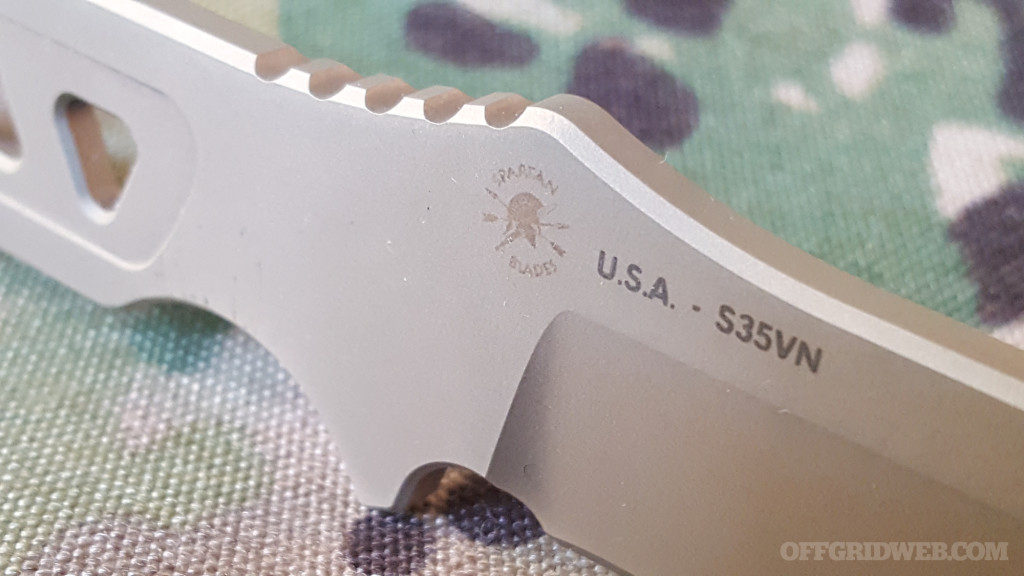
We’ll skip the chemistry and metallurgy lesson, but it’s worth noting that the added elements in this steel give it excellent toughness without a loss in wear resistance. This translates to better edge retention and less risk of edge chipping. We’re cool with that.
The boys at Spartan don’t spare any expense with their blade heat treatment and deep cryogenic processing. A lot of makers skip the cryogenic bath but the leading names in the business know the extra step is worth it to create even more wear resistance and durability. Again, there is a lot of science behind the Spartan Blades heat treat process, but rest assured, this attention to detail is necessary to create a blade that won’t bend, roll, or snap under pressure.
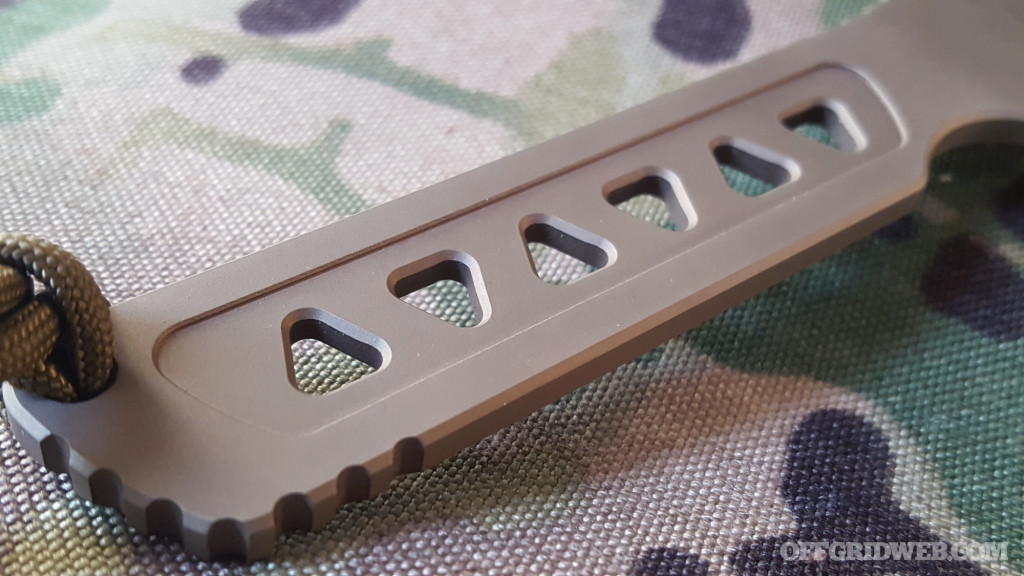
After all the grinding, tempering, and quenching are complete, the Spartan Blades Formido is coated in one of the best coatings we’ve ever encountered on a blade. PVD, which stands for Physical Vapor Deposition, is the same coating used on many military machine guns and high-end firearms.
Spartan Blades claims this molecularly-bonded metallic compound will not stain, tarnish, chip or fade. Furthermore, it is extremely hard to scratch — the marks seen on our blade in these photos wiped right off. No exaggeration, our 4-year-old Spartan Blades Akribis folder (discontinued) looks brand new despite daily carry and hard use. We’ve beaten the snot out of it and you would never know by looking at the finish.
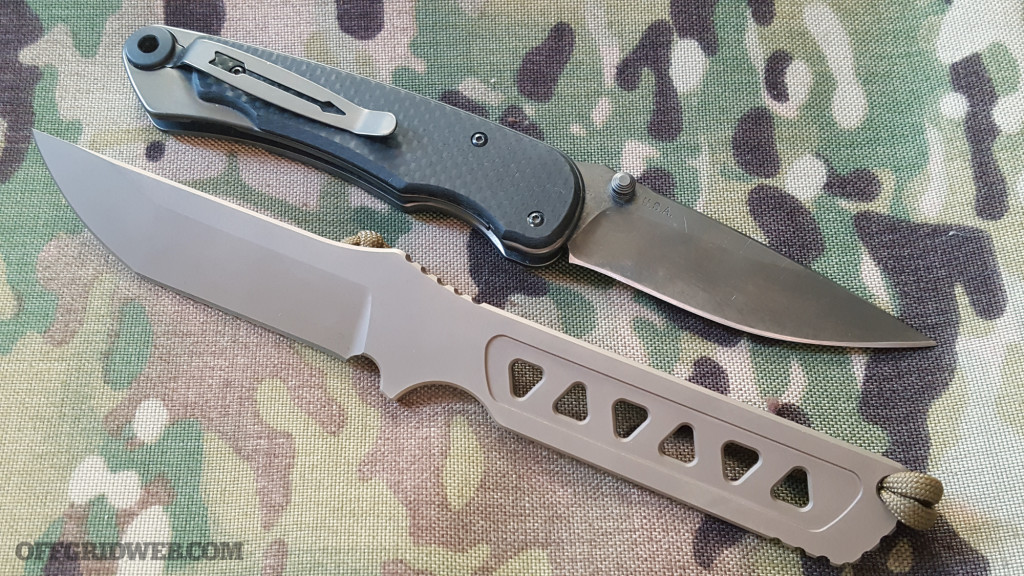
The finished blade combines clean computerized machining, a tough-as-nails finish and attention to detail in an extremely stout functional package. All corners on the Formido are beveled to dehorn the sharp angles. Even the weight-reducing triangular cut outs in the handle are chamfered for smoothness.
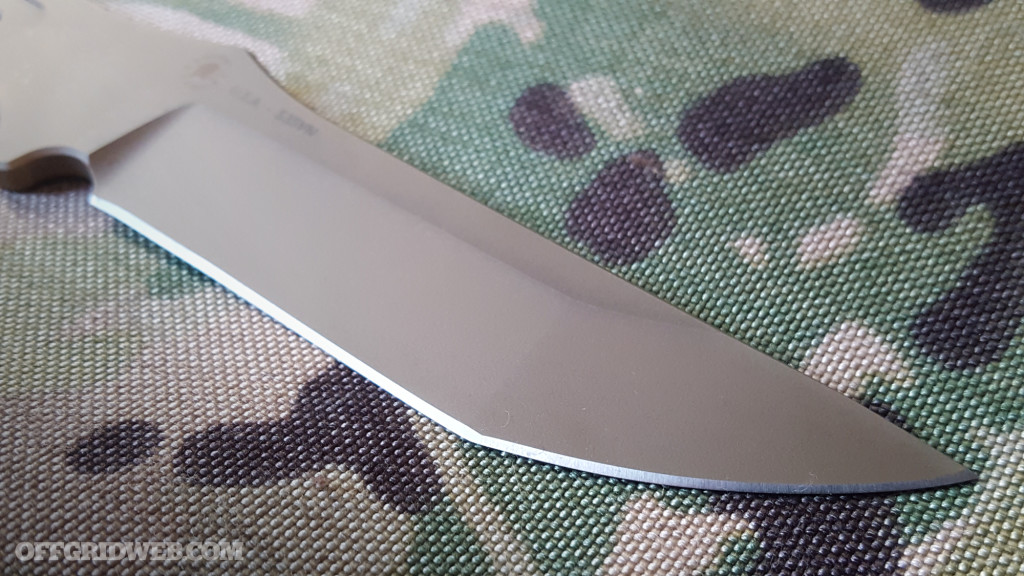
The blade has two subtle bevels below the saber grind; one from the plunge line to the belly and the other from the belly to the tip. These resemble traditional Japanese katana grinds but are not obvious unless you’re closely examining the blade.
Carry System
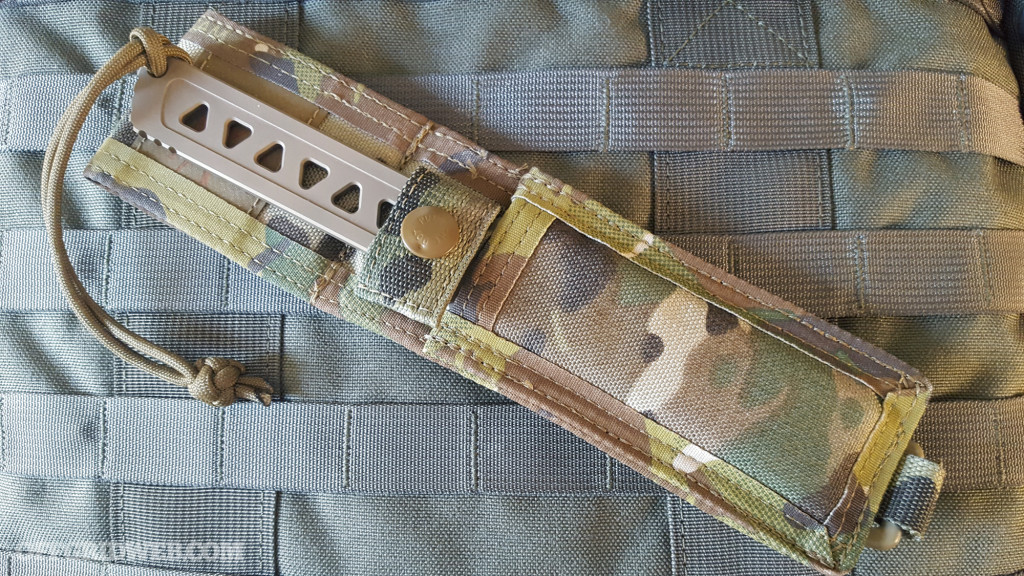
The sheath of the Spartan Blades Formido is minimalist in design. There is a rolled plastic/Kydex insert surrounded by nylon. There’s also hook-and-loop within the belt loop to reduce the size of the opening and prevent the knife from canting as you carry it.
Additionally, the guys at Spartan Blades designed the back of the sheath with a paracord grid that can be threaded in between PALS webbing for placement on a MOLLE-compatible plate carrier or pack. The retention on the sheath is provided by the friction fit against the blade, and there is a secondary retention strap that runs around the handle.
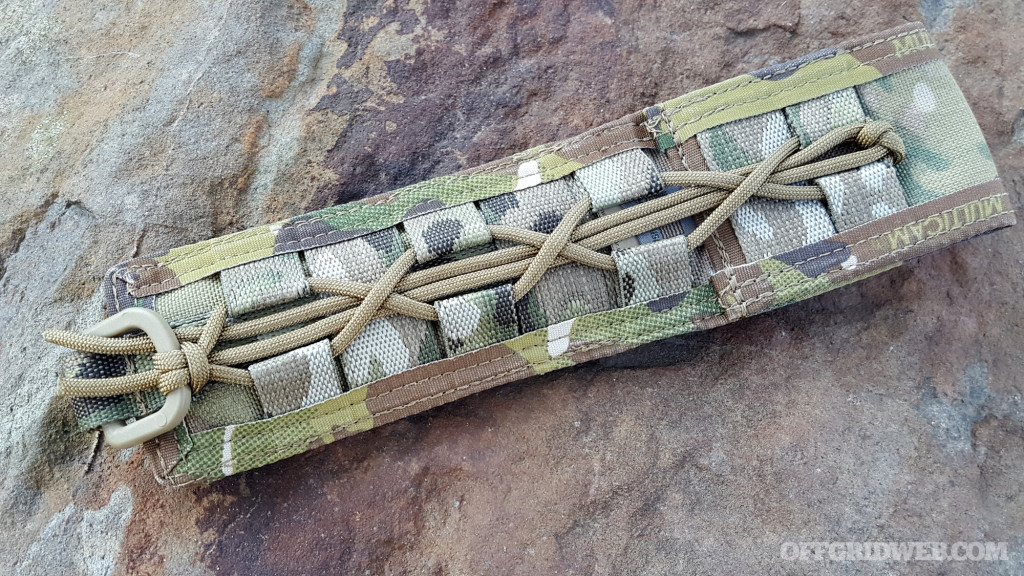
Overall, the sheath profile is sleek to prevent snagging on other gear. However, this also means its smooth front lacks expansion capacity for a pouch to house a fire starter, multi-tool, spare mag, flashlight, or sharpening stone.
In the Field
In case you’re wondering, the Formido will easily open up MRE pouches. We know you’ve read other reviews elsewhere where this may be the extent of cutting done. We stepped it up a notch knowing you deserve a much wider range of capabilities from a survival knife.
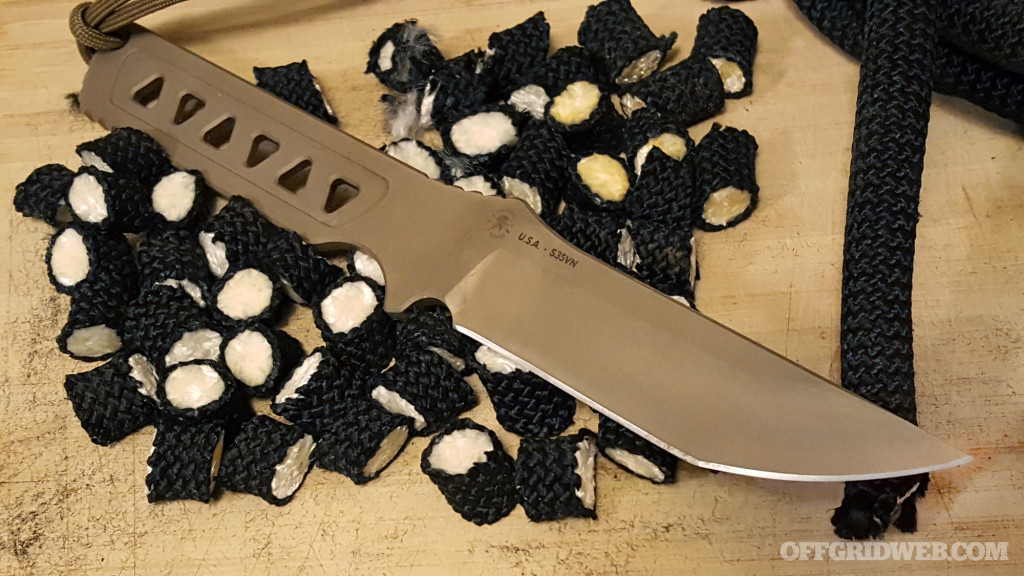
We easily cut through multiple layers of paracord, and then moved on to push cut through an old static rappelling line until the webs of our hands turned red. The Formido didn’t struggle with either task.
Next, we used it for fire prep for campfires and our home fireplace when the cold weather settled in. This involved batoning through seasoned but frozen wood and making feather stick shavings to catch a flame. At first, we thought we scuffed the PVD coating, but after wiping it down with some water from our canteen and giving it a little finger rub, the discoloration washed off and the finish appeared untouched.
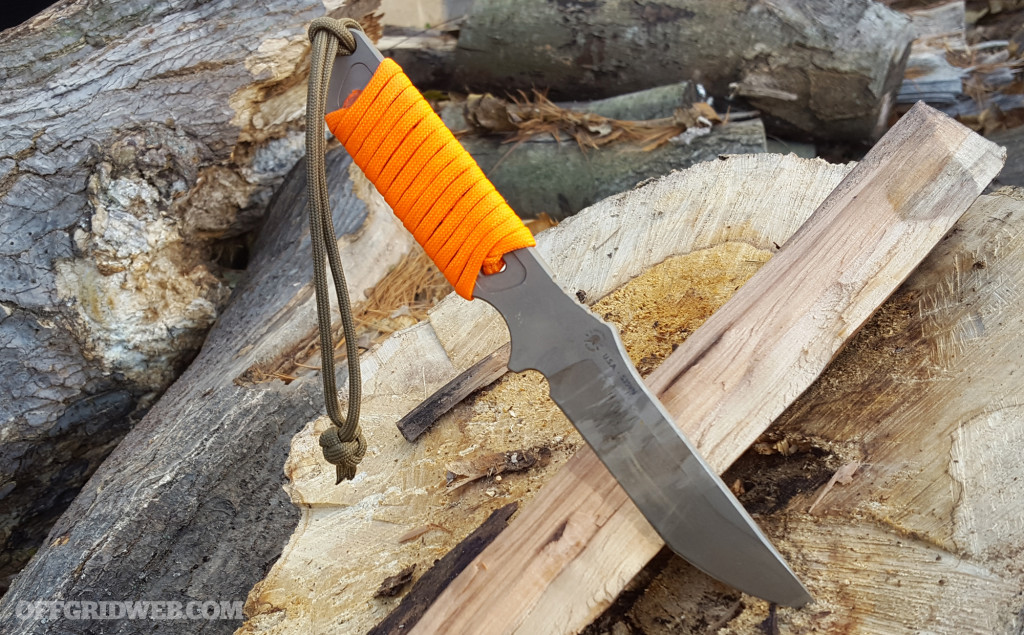
We tested the tip penetration capability by pounding the Formido through heavy rawhide, puncture-resistant Kevlar fabric, and aluminum cans. In short time, we were able to run the Formido through the gauntlet with enough eager friends wanting to see what it could do. Some were disappointed the Formido didn’t come with a sharp 90 degree spine for scraping a ferro rod, but others weren’t miffed by this.
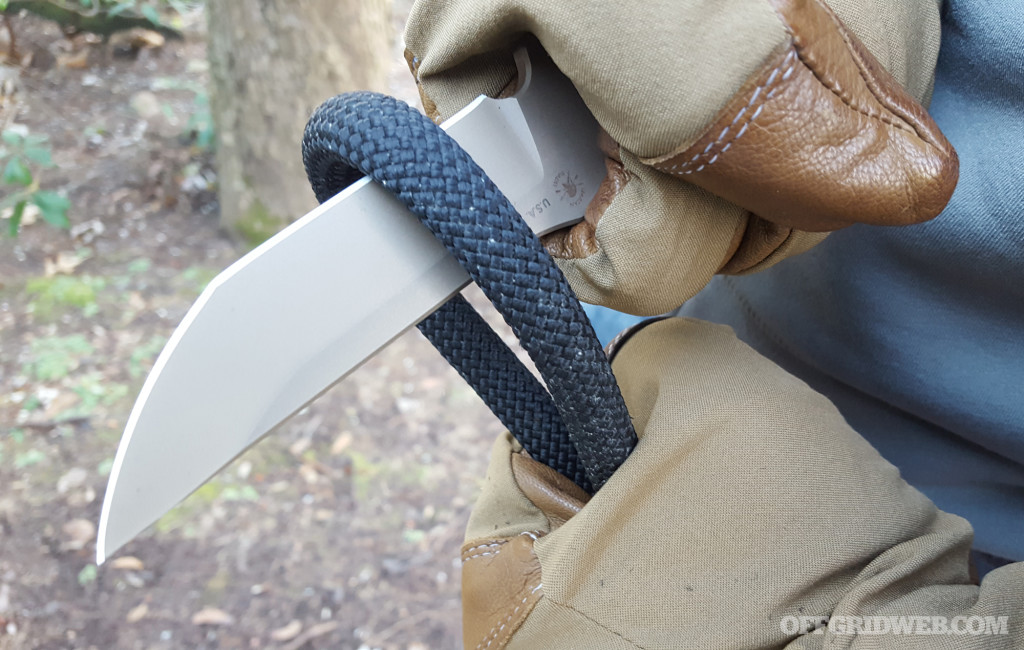
From our experience with other skeletonized blades, we weren’t expecting the Formido to be our top choice for extended cutting comfort. That’s the reality of thin-handled knives and we know that isn’t the purpose of this one. We were able to get around any discomfort by wearing gloves, wrapping the blade in paracord (we liked the Crosstac Grip-Cord the best), or even adding some athletic tape.

With the way the sheath is designed, we were still able to use the button snap even with the handle cord-wrapped around the triangular cut outs. We ended up using blaze-orange paracord for a handle wrapping after we realized how well the flat dark earth finish of the Formido blended into the ground.
The Spartan Blades Formido was a pleasure to carry. We wore it on our battle belts and plate carriers, as well as in the field attached to our day pack’s shoulder strap. The paracord lacing in the back of the sheath can take a while to get used to, but once it’s laced up properly, it’s not going anywhere. We found by dipping the ends of the paracord in fly-tying liquid cement (or your girlfriend’s clear nail polish), you can make the tips stiffer to push through the most stubborn MOLLE paneling.
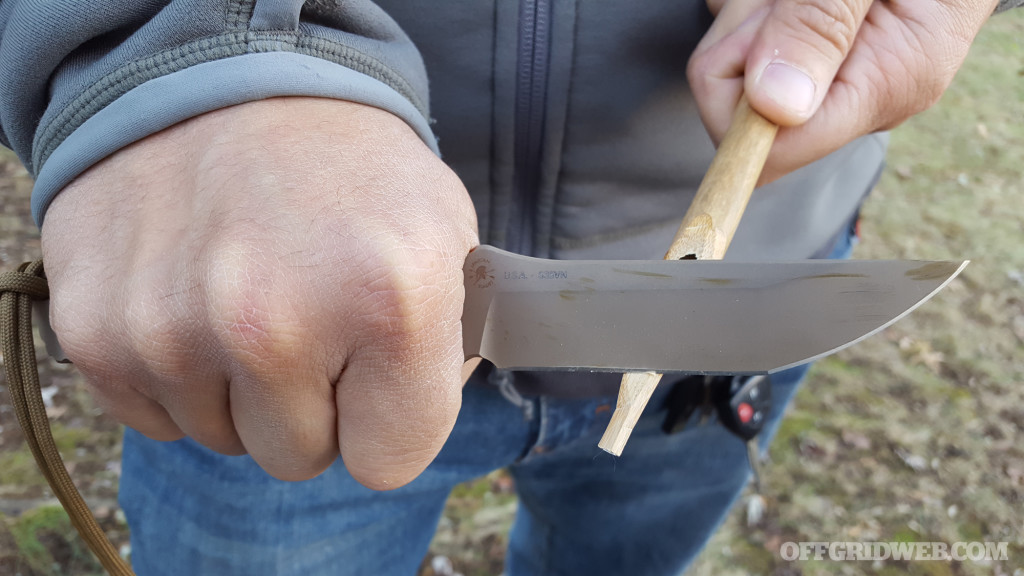
The Formido disappears on your kit until you need it. To put the weight of the Formido into perspective, one of our loaded PMAGs jammed with 30 rounds of 5.56 ammo weighed in at 1.08 pounds while the Formido in its sheath registered only 0.49 pounds. It has a very slim profile — not quite as wide as an AR Mag pouch — and won’t get snagged easily on your rifle sling or other gear worn on your body while transitioning. Simply put, it’s a blade you’ll be glad you have on your person when you need it, but one you won’t constantly be reminded of when it’s not in use.
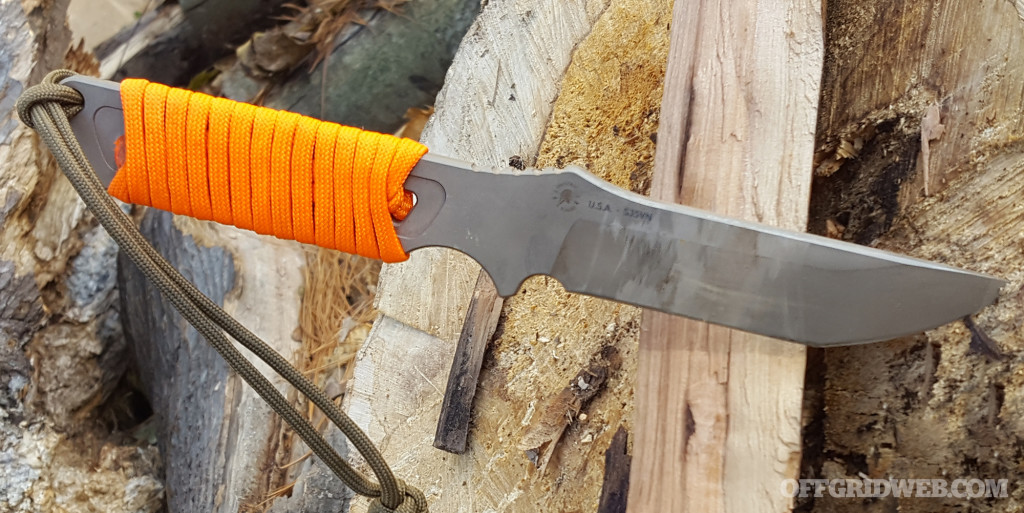
There is something reassuring about a knife with no moving parts. The Spartan Blades Formido gives the end user this fixed-blade strength for the weight of a tactical folder. Pair this blade with a good multi-tool and you’ll have an outstanding combination for the field. Mark and Curtis from Spartan intended to produce a blade meant for serious use in the field, and we believe they succeeded.
Specifications
Steel: S35VN
Blade Length: 3.85 inches
Overall Length: 8.75 inches
Thickness: 3/16 inch
Weight: 0.157 pounds (2.5 ounces)
Sheath: Kydex/nylon
MSRP: $215
URL: spartanbladesusa.com
About the Author

Kevin Estela is the owner/head instructor of Estela Wilderness Education, a bushcraft and survival school in New England. He is a Sayoc Kali Associate Instructor, Brazilian Jiu-Jitsu practitioner, and an avid marksman. As a “survival athlete” he can be found regularly testing his physical and mental limitations in the gym, woods, and urban landscape preparing for the fight.


